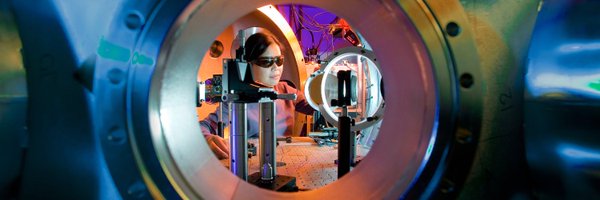 (AGENPARL) - Roma, 15 Aprile 2022
(AGENPARL) - Roma, 15 Aprile 2022(AGENPARL) – ven 15 aprile 2022 A weekly compendium of media reports on science and technology achievements at Lawrence Livermore National Laboratory. Though the Laboratory reviews items for overall accuracy, the reporting organizations are responsible for the content in the links below.
LLNL Report, April 15, 2022
Solar energy production increased drastically in 2021 with a jump of 20%.
[Here comes the sun](https://solarindustrymag.com/solar-energy-production-increased-by-20-percent-in-2021-national-laboratory-finds)
The national economy is reenergizing, quite literally. In 2021, Americans used 5% more energy than in 2020, according to the most recent energy flow charts released by Lawrence Livermore National Laboratory (LLNL).
Each year, LLNL releases flow charts that illustrate the nation’s consumption and use of energy. In 2021, Americans used 97.3 quads (quadrillion BTU) of energy, which is 4.4 quads more than last year’s 92.9 quads, equivalent to a 5% increase. Both 2020 and 2021 annual energy consumption totals are less than 2018 and 2019, where Americans used more than 100 quads per year. A BTU, or British Thermal Unit, is a unit of measurement for energy; a BTU is the amount of heat it takes to raise 1 pound (~ 1 pint) of water by 1 degree Fahrenheit. 3,412 BTUs is equivalent to 1 kilowatt-hour, which is the amount of energy it takes to light an efficient LED lightbulb for a week.
Solar and wind energy production increased drastically this past year, with jumps of 20% and 11%, respectively; biomass-derived energy also increased by 7%.
[Read More](https://solarindustrymag.com/solar-energy-production-increased-by-20-percent-in-2021-national-laboratory-finds)
El Capitan, with a peak speed of more than 1.5 exaflops, will be delivered to Livermore later this year.
[HPC changing the world one exaflop at a time](https://www.hpcwire.com/2022/04/11/how-governments-are-changing-the-world-with-hpc-and-ai/)
HPC empowers governments to improve the lives and safety of citizens along with their global competitiveness. Combining massive compute power and storage capacity, HPC can process billions of bits of data every second to drive scientific discoveries, improve military outcomes and create commercial innovation. An HPC foundation is necessary for heavy-duty data analytics that use artificial intelligence and machine learning to generate real-time, often predictive insights and enable automated actions.
The Department of Energy’s National Nuclear Security Administration uses HPC to protect nuclear weapons. HPC simulation and modeling have become critical since the discontinuation of underground U.S. nuclear testing in the 1990s. Lawrence Livermore National Laboratory plans to begin expanding processing power for its computational scientists and those at Los Alamos and Sandia National Laboratories this year with 40 petaflops of HPC in next-generation Dell PowerEdge servers.
The agency said its HPC expansion, expected to last through 2025, will increase compute capacity for NNSA’s Advanced Simulation and Computing program by three to four times and enable higher fidelity 2D and 3D simulations.
[Read More](https://www.hpcwire.com/2022/04/11/how-governments-are-changing-the-world-with-hpc-and-ai/)
This image shows the Electron Backscatter Diffraction (EBSD) map and pole figures taken through the thickness of the plate that shows uniform grain size and mild overall preferential alignment of crystallographic axes.. Experiments utilized this well-pedigreed material to eliminate variability that could arise from the use of different lots of tantalum material. Image courtesy of Nathan Barton.
[Tantalizing tantalum](https://www.technology.org/2022/04/13/tantalum-strength-extreme-conditions/)
Researchers from Lawrence Livermore, Los Alamos and Sandia national laboratories have teamed up to better understand the strength of tantalum, an important platform-development material in the tri-lab community.
The work builds from the understanding that tantalum remains in a single solid phase across the full range of conditions examined. This includes conditions accessed by the National Ignition Facility at LLNL and the Z machine at Sandia. While tantalum is nominally simple, it still exhibits complexity in how atomic-scale processes in the material manifest strength variability that spans nearly two orders of magnitude.
The research focused on answering two questions: do these diverse experiments provide a coherent picture of strength? And, by integrated analysis of diverse experiments, can researchers advance the theoretical understanding and modeling of strength in extreme conditions?
The researchers used data from seven diverse types of experiments and compared three independent strength models to explore strength with a novel degree of cross-comparison over a wide span of conditions.
[Read More](https://www.technology.org/2022/04/13/tantalum-strength-extreme-conditions/)
Near-Earth objects are asteroids and comets with orbits that bring them to within 120 million miles of the sun, which means they can circulate through the Earth’s orbital neighborhood. Image courtesy of NASA.
If a large asteroid heads our way, Earth currently lacks ways to protect itself.

